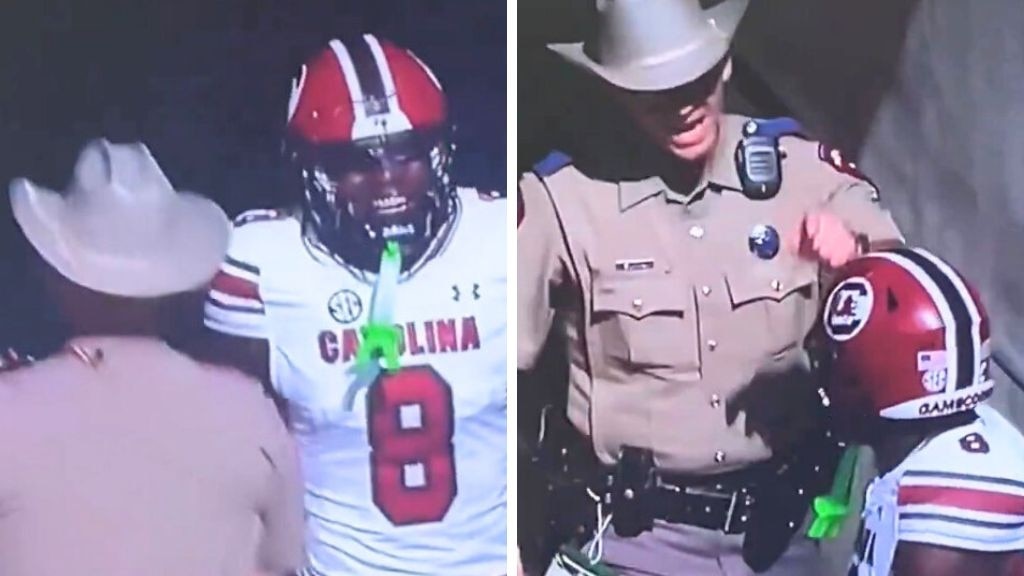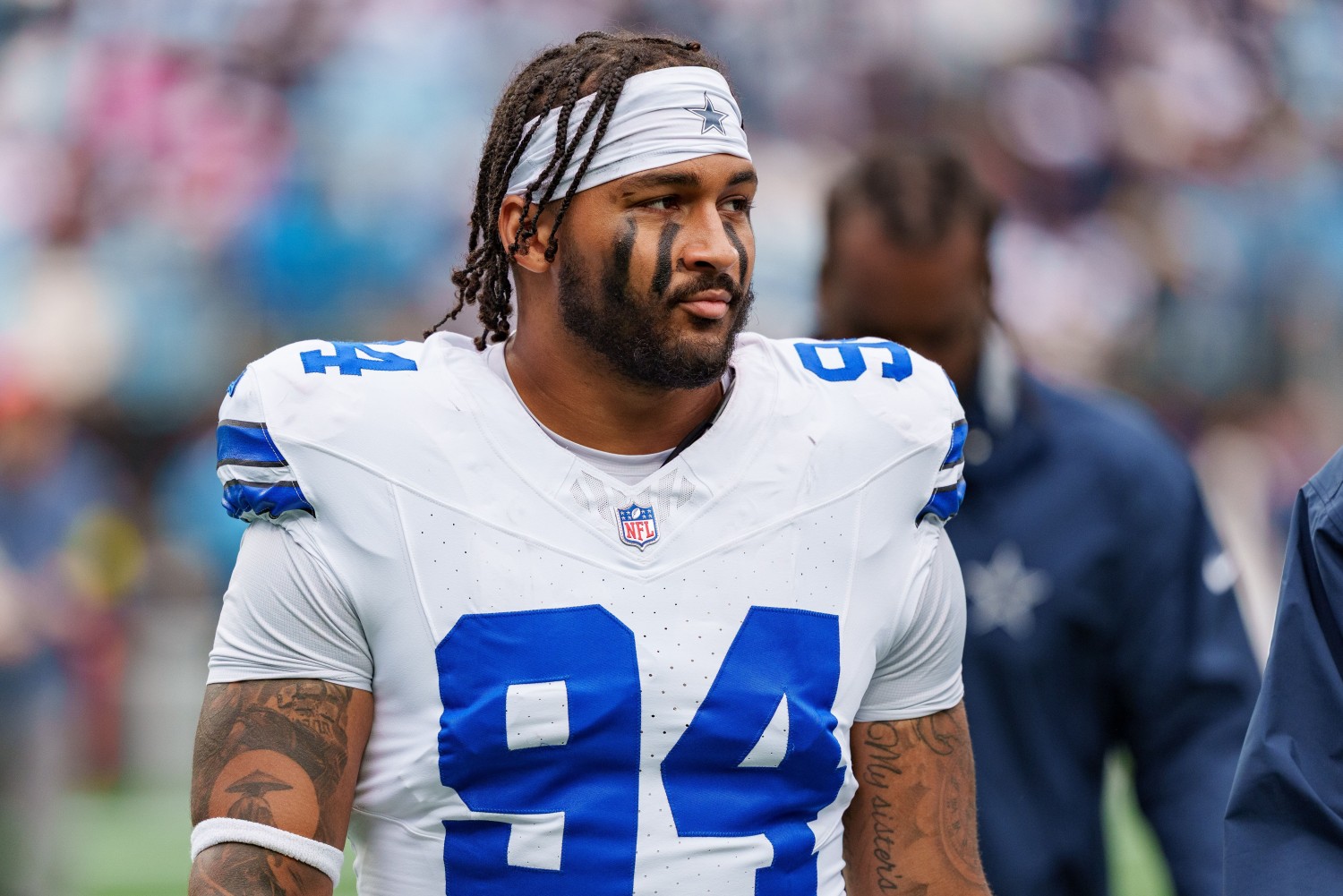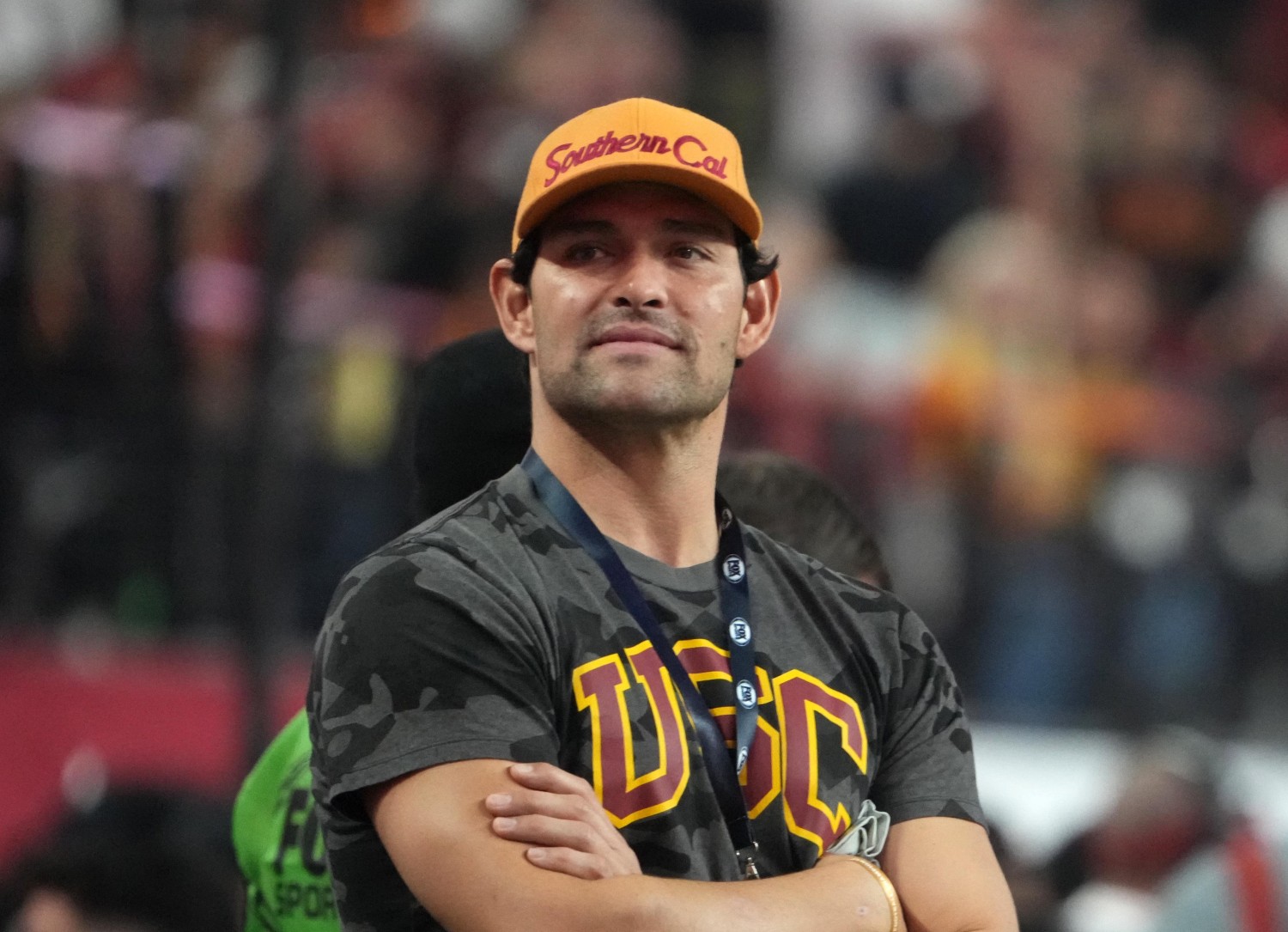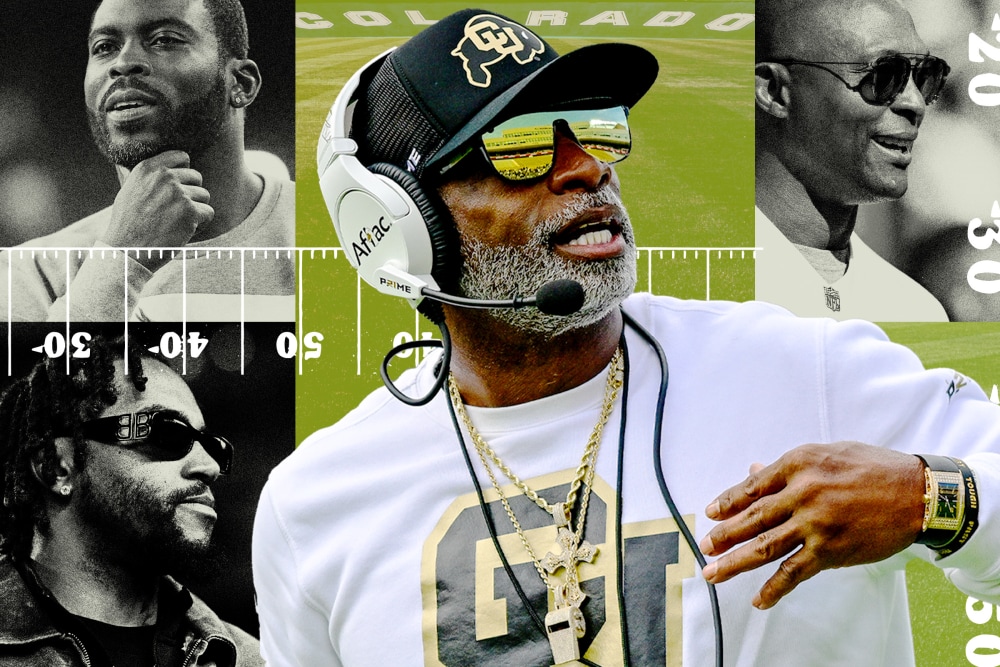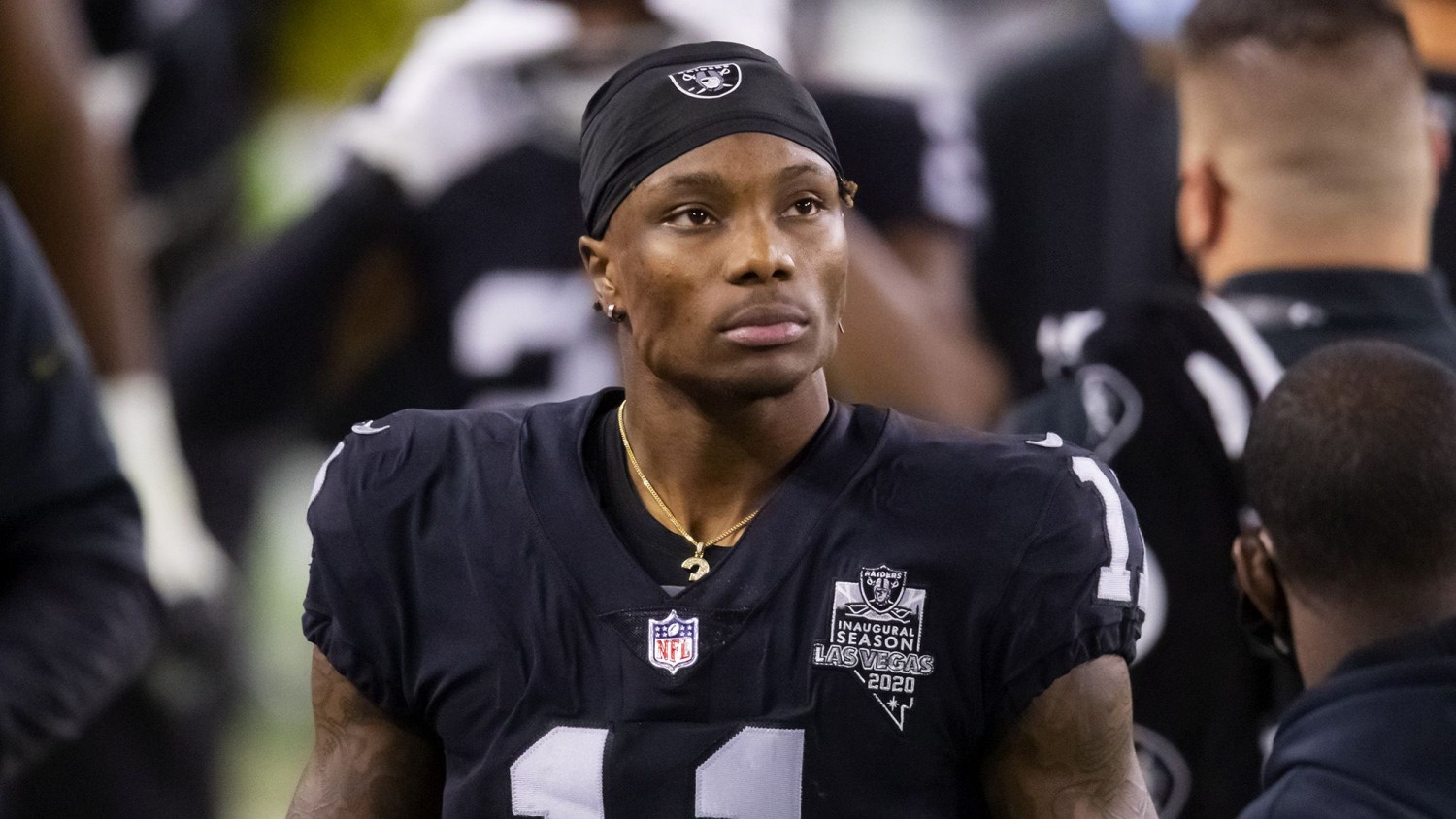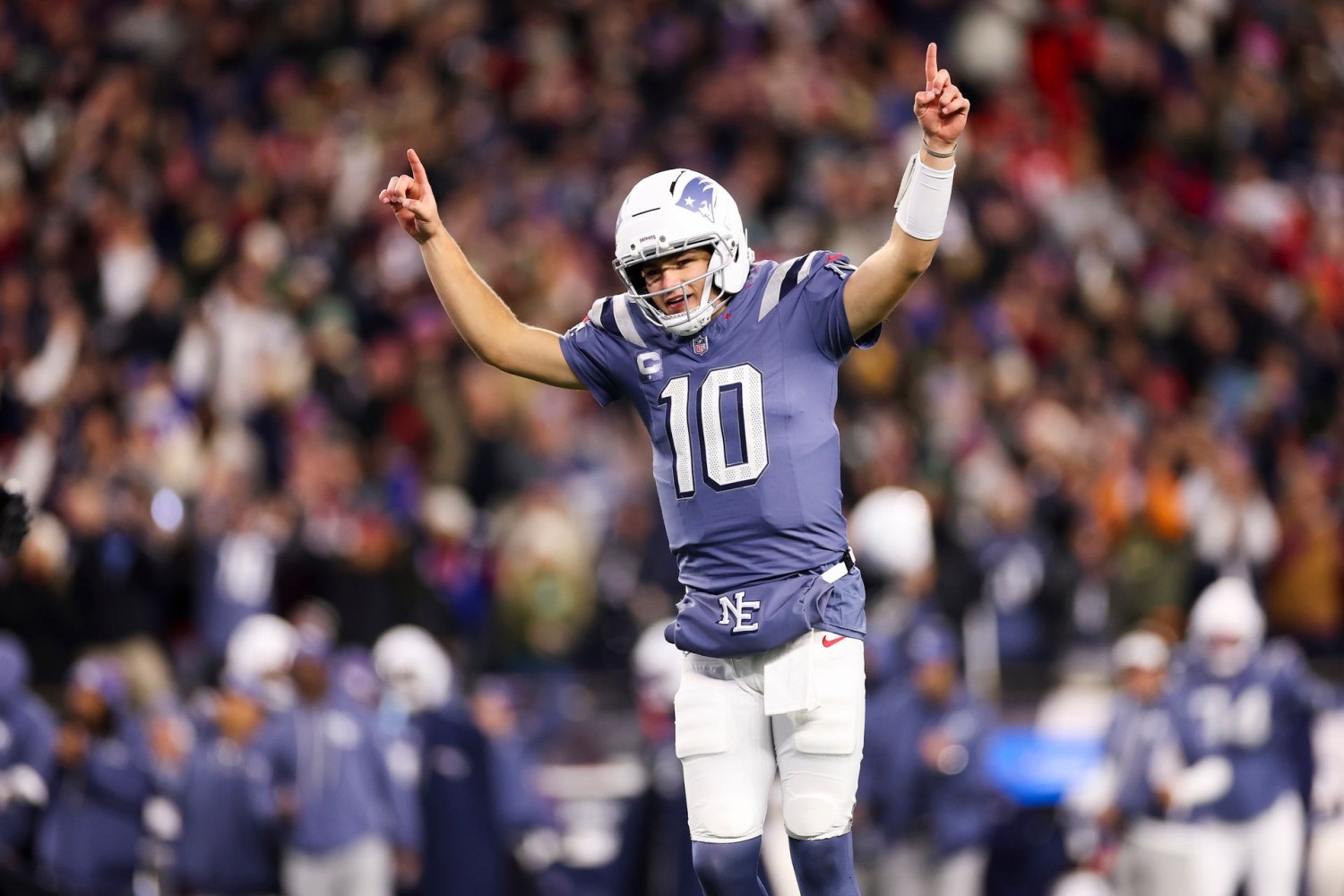
This article is more than
9 year old5 Reasons Football Is the Cash Cow of American Sports
Editors' pick: Originally published Sept. 8.
Ticket sales, exclusive media rights and lucrative athlete endorsements are just a few of the elements that contribute to the substantial impact the sports industry has on the U.S. economy.
While there are many games that contribute to the industry's growing bottom line -- one that is projected to reach $73.5 billion by 2019 -- few come close to making the impression that football does. The National Football League (NFL) generated $12 billion in revenue during the 2013-2014 season, and the top 100 college football programs alone generated nearly$5.6 billion in combined revenue during the 2014-2015 season. Those are remarkably high numbers, and clearly demonstrate the sport's economic influence.
Here are five reasons football is the cash cow of sports:
1. Monday Night Football
Monday Night Football has been a cherished tradition for more than 40 years. In the late 1960s, NFL Commissioner Pete Rozelle had a vision of expanding the Saturday night game schedule into a weekly prime time spot. By 1970, Rozelle had negotiated a contract with ABC (now a part of Disney (DIS) ), and Monday Night Football lived on the network until 2005. In 2006, the program moved to ESPN (also Disney), which was better positioned to turn a profit on NFL telecasts because of its ability to collect subscription fees from cable and satellite providers in addition to selling commercials. ESPN saw so much success with the program that it signed a massive $15.2 billion blockbuster deal with the NFL in 2011, with the highlight of the contract being an eight-year extension of Monday Night Football.
Beyond the media rights deals associated with Monday Night Football, it's important to consider the consumer spending the tradition drives as well. Viewing parties -- whether at private homes or out at restaurants and sports bars -- involve a substantial amount of drinking and eating on a night that isn't typically known as a "party night." If you look inside aBuffalo Wild Wings (BWLD) on a Monday night during football season and compare that to a Monday night outside of football season, you'll likely notice a stark contrast. With Monday Night Football, the NFL drives mass consumption on a weeknight, fueling the economy and keeping fans engaged until the next weekend game.
2. Jersey and Fan Apparel Sales
The NFL didn't have an "official" jersey maker until 2000, when Reebok signed a deal for exclusive rights to on-field apparel. From there, the market has taken off and shows no signs of slowing.
There are few fan groups willing to shell out $300 for a jersey that looks identical to one worn by a professional athlete, but NFL fans are one of those rare factions, which is exactly why Nike (NKE) bet big to oust Reebok and become the league's official gear maker in 2012. When Nike introduced its first NFL uniforms in 2013, its men's training line raked in $2.5 billion in sales for that fiscal year. Furthermore, Nike excelled in an area where Reebok failed -- jersey styles for women and kids, which now account for nearly half of all jerseys sold at Fanatics.com, an official apparel sales partner of the NFL. Nike also went on to capitalize on fantasy football by marketing the jerseys of individual standout players from teams that don't otherwise generate much attention.
Clearly, Nike considers the NFL to be a solid investment, as it recently renewed its contract through the 2019 season.
Another significant licensing deal that demonstrates the power of the NFL in driving consumer spending is with Majestic Athletic, an apparel designer and manufacturer that we work with here at Onestop Internet, where I am president and CEO. Majestic has been the licensed fanwear apparel provider for the NFL since 1989 and has seen such success with the partnership that it recently signed a multi-year contract extension.
The NFL's influence on consumer purchasing is largely unmatched, and as someone who works with apparel brands every day, I don't foresee that changing anytime soon. As such, we'll continue to see apparel manufacturers fight for the right for exclusive partnerships for years to come.
3. Tailgating Culture
Yes, lots of sports are associated with tailgating, but football is widely-recognized as king. According to Bleacher Report, college football is the No. 1 best sport for tailgating, with its professional counterpart ranking second.
Sure, tailgating drives consumer spending on food and beverage, that much is obvious. But there are several other ways the celebrated tradition fuels the economy. When we picture a tailgate, we picture masses of fans gathered around their tailgate "stations" grilling, playing cornhole, drinking beer and celebrating their favorite team.
Think carefully about that picture, and you'll realize there's often quite a bit of camping and outdoor recreational equipment at a typical tailgate. How do fans keep their beer cold? Coolers. How do they grill those hotdogs? Portable camping stoves. How do they protect their stations from rain? Car tents. This is a time for brands that offer those kinds of products, Coleman and Igloo, to market to football fans and capitalize on tailgating culture.
Furthermore, parking lots that host tailgates stand to bring in substantial revenue by charging a premium on game day. And let's not forget that there are far more fans in a tailgate lot than there are vehicles, meaning companies that provide transportation to tailgating sites - be it ride sharing services like Uber and Lyft or kitschy trolley cars in college towns - also stand to benefit from the tailgating craze.
4. College Football Playoff
The shift from the Bowl Championship Series (BCS) to the College Football Playoff Championship game not only addressed concerns about fairness that often plagued the BCS, but also opened the door for more lucrative deals with media properties.
ESPN took a big gamble by signing a $7.3 billion deal for the rights to air the college playoffs in 2012, despite not knowing exactly what the format would look like, and so far, it seems to have paid off. Fox Business reports that ESPN charges about $1 million for a 30-second commercial during last the 2014-2015 college football national championship and likely charged between $1.2 million and $1.3 million for the same spot during the 2015-2016 season.
Beyond the advertising revenue and media rights components, hosting the College Football Playoff National Championship game presents a huge economic growth opportunity for whichever city gets the gig. According to a study by Arizona State University's W.P. Carey School of Business, the 2016 event, which took place at the University of Phoenix Stadium, generated $273.6 million in revenue from out of state visitors.
Additionally, thanks to the College Football Playoff, bowl games paid out $505.9 million to conferences and schools last season -- an increase of nearly $200 million from the final season of the BCS. This money helps ensure a bright future for college football, as it allows schools to increase the value of athletic scholarships and continue recruiting top talent.
5. The Super Bowl
And of course, we can't talk about the lucrative nature of football without mentioning the Super Bowl. It is well-known by now that advertising rates for the Super Bowl are higher than any other sporting event, with those rates increasing every year. According to The Wall Street Journal, Super Bowl ad rates have gone up 75 percent over the last decade, and the event has generated $2.19 billion in network ad sales from 2005 to 2014. Last year's Super Bowl ad rates hit an all-time high of $5 million for a 30-second spot, and if history is any indication, that will likely increase for this year's game.
When it comes to hosting the game, it's no wonder multiple cities battle every year for the privilege -- as the event generates millions for the host city. For example, a study by research firm Sportsimpacts shows that hosting Super Bowl 50 brought $240 million in consumer spending to the San Francisco Bay Area. According to the report, analysts considered spending by non-local game-day attendees, visitors to the Bay Area participating in Super Bowl events but didn't attend the game itself, non-local event participants such as media, sponsors, vendors and NFL staff, and spending by event organizers on logistics and operations originating from non-local sources.
Beyond just those visiting the host city, the Super Bowl drives mass consumption across the entire country. The National Retail Federation estimated a whopping 189 million Americans tuned into last year's Super Bowl, with the average viewer spending $82.19 on food, décor, team apparel and other game-day supplies. Estimated total spending topped $15.5 billion and trends suggest it will continue to rise.
When it comes to sports that fuel the economy by driving consumer spending, football leads the pack.
This article is commentary by an independent contributor. At the time of publication, the author held no positions in the stocks mentioned. Onestop Internet is the e-commerce solutions provider for both Majestic and Igloo.
